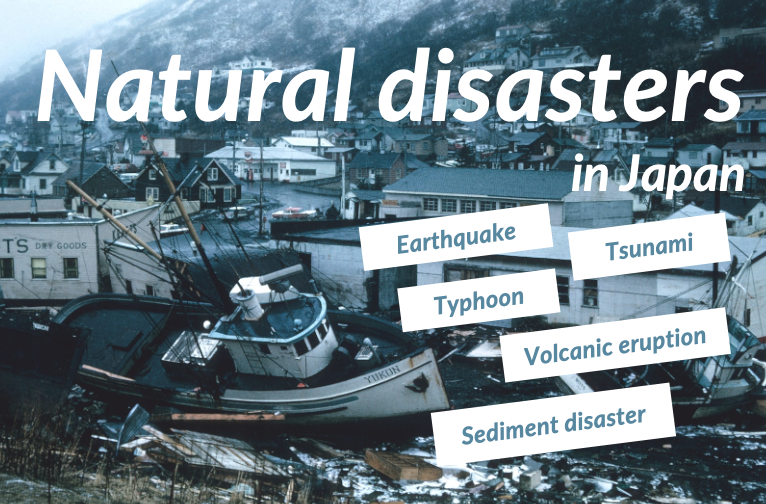When starting a business, it is important to understand the region where you are to start the business. Are you planning to set up your business in Japan? How well do you know Japan? Do you know how often Japan suffers from natural disasters? This article will explain 5 types of natural disasters that often occur in Japan and briefly introduces what you can do as a business owner in preparation for disasters, to prevent any setbacks in your business.
Why should we understand natural disasters in Japan?

What do you imagine when you hear of “ an enemy “ in business? You may have realized that a natural disaster is one of the enemies in business. If a natural disaster strikes your business market or the place of your company, you have no choice but to put a hold on your business.
Japan is one of the countries in the world most affected by natural disasters. Therefore, it is important that you understand the natural disasters in Japan if you intend to start your business in Japan
Natural disasters in Japan
There are many natural disasters in Japan. We have explained 5 of the disasters below.
Earthquake(地震 Jishin)
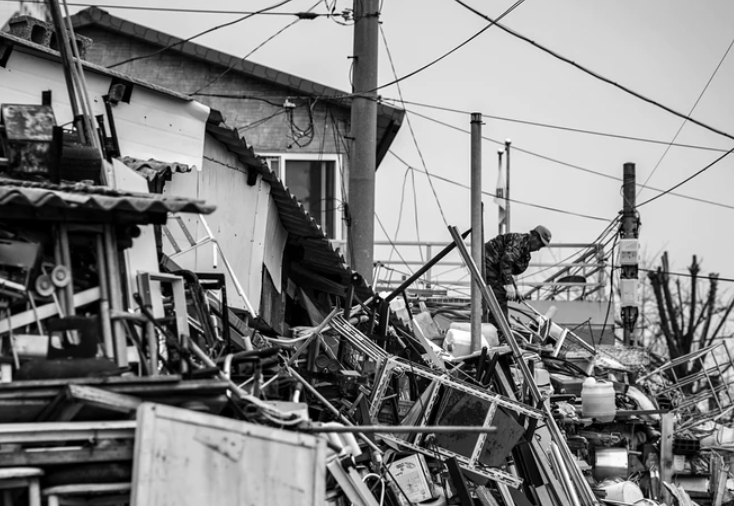
Earthquake is the phenomenon in which the underground rock is pushed or pulled from the surroundings, causing the rocks to shift suddenly. There is no place in Japan where you can avert an earthquake. According to the Japan Meteorological Agency statistics, on the average, Japan experiences about 5000 earthquakes with magnitude 3.0 or higher yearly.
Furthermore, it is predicted that a huge earthquake with a magnitude between 8.0 and 9.0 will occur with a probability of 70 ~ 80% within the next 30 years in Japan. This earthquake is called the “ Nankai Trough (南海トラフ).”
Tsunami(津波)
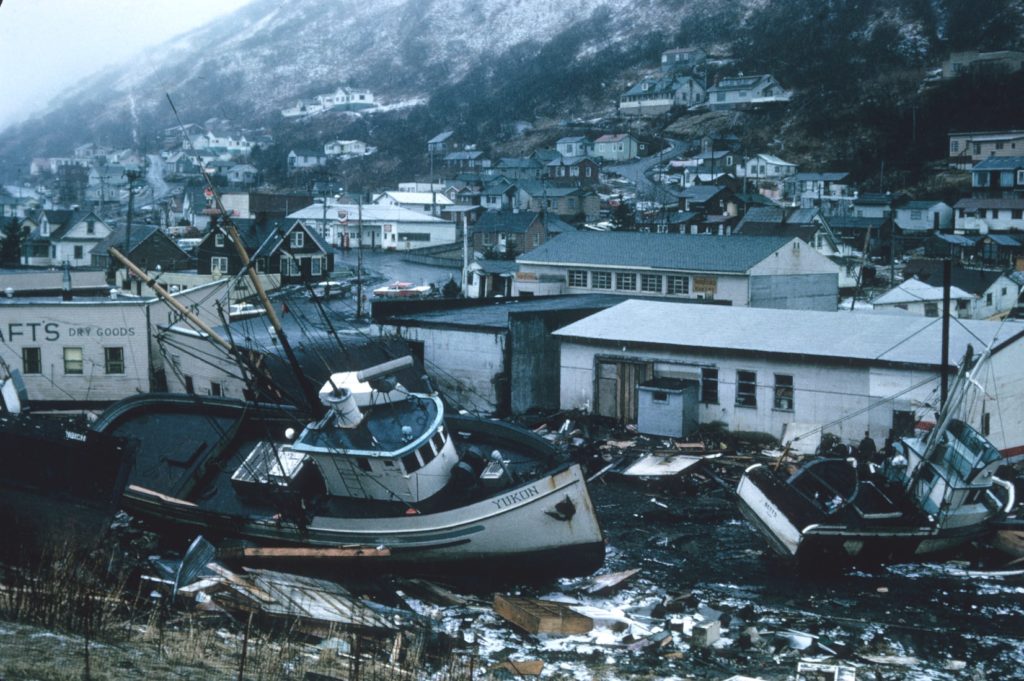
A tsunami is a large-scale wave propagation phenomenon that occurs in the ocean due to sudden changes in seafloor and coastal topography caused by earthquakes or volcanic activity. Damages caused by the tsunami may not only be flooding but also direct hits by drifting objects. In the tsunami caused by the Great East Japan Earthquake (2011), a run-up height of 40.1m was locally observed.
Typhoon(台風 Taihu)
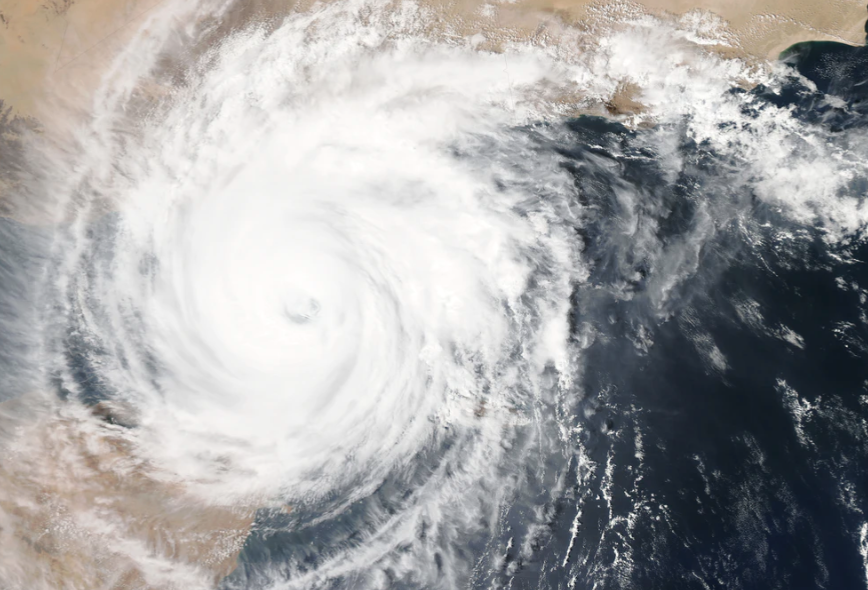
Typhoon is one of the meteorological phenomena bringing heavy rain, strong winds, and storms. Most of the typhoons occur between July and September in Japan. Due to typhoon, especially in the Kyusyu (九州) area, people suffer from lightning strikes and landslides.
Volcanic eruption(火山噴火 Kazanfunka)
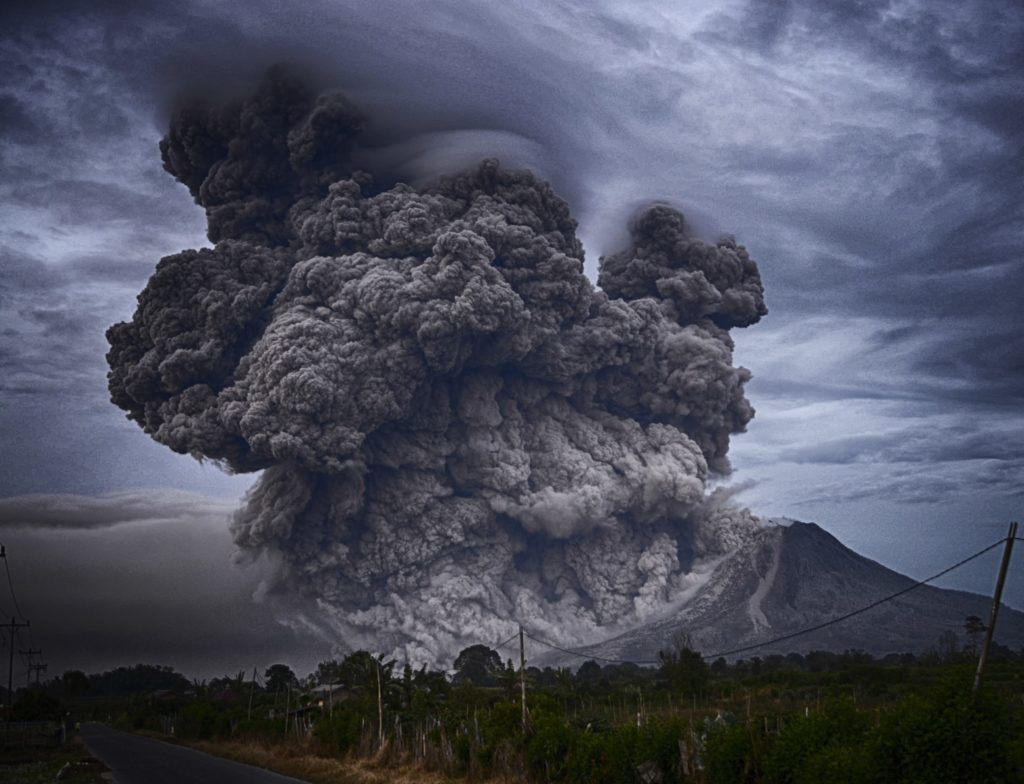
Japan is in an area where four plates are intricately submerged, so people in Japan cannot escape from the damage of volcanic eruptions. In fact, there are 100 volcanoes in Japan. Volcanic eruption causes pyroclastic flows and rock avalanches, and sometimes there are casualties from this disaster
Sediment disaster(土砂災害 Doshasaigai)
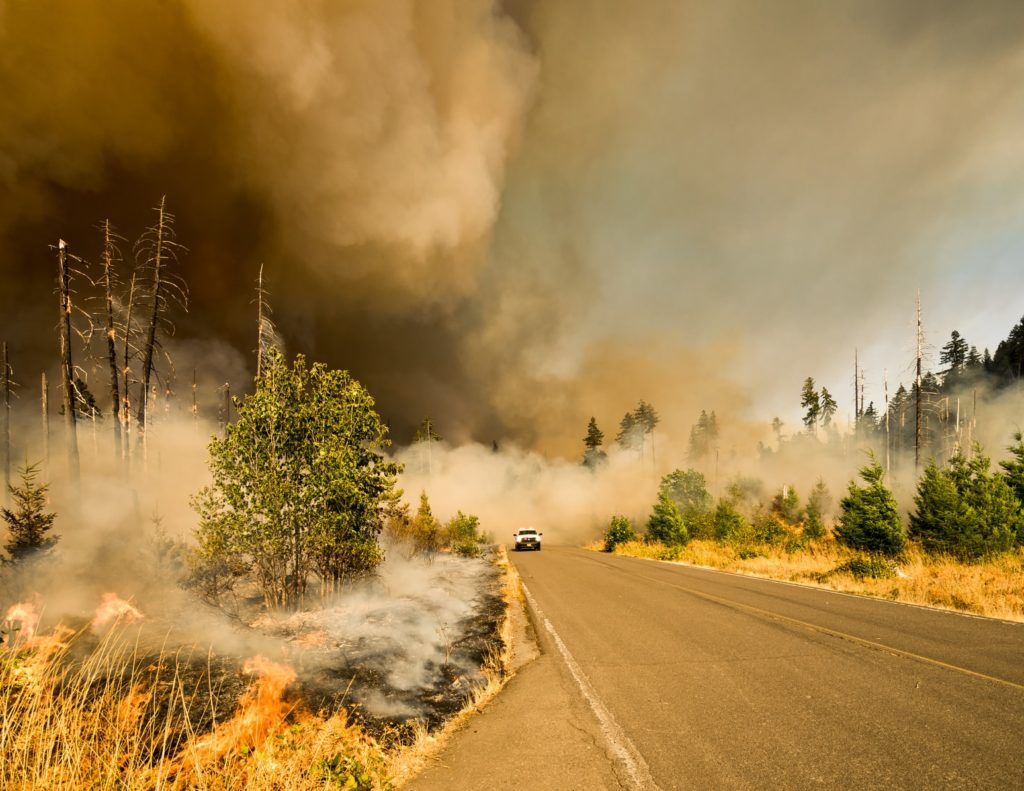
Japan is one of the countries in the world seriously affected by sediment disasters because it has many mountains and narrow flatlands. Earthquakes and heavy rain are also causes of this disaster. On average, about 1000 debris flows and landslides occur annually in Japan.
We strongly recommend making the BCP!

What can you do in preparation for these natural disasters? As one of the solutions, we would like to introduce the Business Continuity Plan(BCP).
BCP is a plan and process for business recovery in case of natural disasters or emergencies. If you want to learn more about BCP, please read this article.
Notes for the readers:
Please use this article only as a reference, not as a legal guideline. Therefore, sugee.jp will take no responsibility or liability, so far as legally possible, for any consequences of your actions. This article was written by Kyoko, a SUGEE writer, on 11 October 2020.
References
[1] 気象庁 | 地震について(2020) Retrieved 11 October 2020 from https://www.jma.go.jp/jma/kishou/know/faq/faq7.html
[2] 気象庁 | 津波について(2020) Retrieved 11 October 2020 from https://www.jma.go.jp/jma/kishou/know/faq/faq26.html
[3] 土砂災害防止広報センター | 日本に土砂災害が多いわけ(2020) Retrieved 11 October 2020 from http://www.sabopc.or.jp/library/landslides_in_japan/

